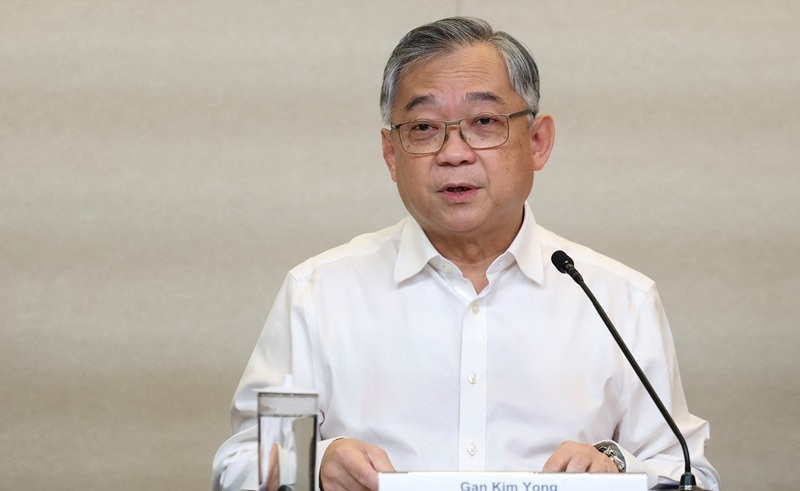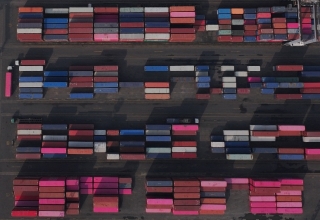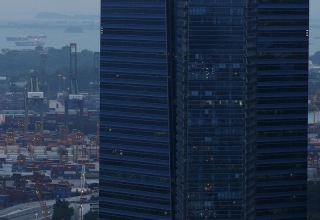
Singapore is on the way to high-level trade talks with the United States this month in a bid to ensure that its export-oriented economy is protected. The trade and Industry Minister, Gan Kim Yong, who doubles up as the Deputy Prime Minister of the country will also be travelling to Washington DC where he would request that tariffs on the Singapore pharmaceutical exports be waived. The visit reemphasizes Singapore’s greater fear of a growing U.S. protectionism and their indirect spillovers on international trade.
The pharmaceutical market has emerged as an area of concern especially after the Trump administration had announced in April that tariffs of 10 percent would be slapped on Singaporean pharmaceutical imports. This action was taken even though the two countries have had a long-existing free trade agreement which had been occurring since 2004. The tariff, as the government in Singapore sees it, is both a violation of past trade obligations and potentially a danger to its already export-imbalanced economy in which pharmaceuticals enjoy a central role.
Growing Trade Pressures Spark Urgent Diplomacy
The demand of the visit is the growing U.S aggression on the trade. President Donald Trump revealed a vast plan this week to tax the imports of 22 countries including such traditional allies as Japan and South Korea by as much as 50 percent. The tariffs, with an effect date of August 1, will apply to a broad scope of products that include in particular semiconductors, copper, and pharmaceuticals.
Although Singapore is yet to get a formal letter from Washington that it would be included in this list, it is already struggling to absorb the first 10 percent pharmaceutical tariff. There is much fear among the trade officials that their full participation in the new round of tariffs would greatly affect exporting their products to the U.S. more so bearing in mind that nearly 40 percent of total exports to the American market went to pharmaceuticals, semiconductors, and electronics.
During an interview with reporters on Thursday, Gan gave an indication that during his visit, the first step would be pharmaceutical related. “Our immediate concern is the pharmaceutical tariff. We shall seek the assistance of the U.S Department of commerce to arrive at a solution. Negotiations on semiconductors can then be engaged in depending on the result, he said.
Economy Braces for Slowdown
The trade friction has already led to a revised downward economic outlook in Singapore. The Ministry of Trade and Industry colloquially known as MOTI in April revised its gross domestic product growth outlook of 1 to 3 percent in 2025 to a more pessimistic zero to 2 percent. Gan partly attributed this to the uncertainty in the global trade and the dwindling impact of pre-tariff hoarding by companies.
Gan said, the front-loading which was experienced in the first half year has probably hit the roof. In the future, we expect slower growth in the second half of the year 2025 due to the potential availability of increased tariffs and countering activity.
What will make the matter more complicated is the fact that China vehemently opposes what it perceives as the U.S. attempts to isolate the country out of international supply networks. Beijing has been making it known that any country that makes bilateral agreements with the U.S., which undercuts Chinese economic status, can also be targeted with counter measures. This is an economic and diplomatic balancing act to Singapore which has close trade relations with both super powers.
Singapore has always established itself as a neutral and business friendly center in Asia. But the latest geopolitical currents are testing that status. As trade wars break out and global affiliations change, the economy planners in Singapore are working towards reducing the exposure and keeping essential trade affiliations alive.
Key Sectors in Focus
The industries that are the most vulnerable in case of a wider adoption of U.S. tariffs are:
- Pharmaceuticals – Currently facing a 10% tariff; discussions underway for concessions.
- Semiconductors – Under threat from future tariffs; no formal talks have begun yet.
- Consumer Electronics – Export-sensitive and vulnerable if tariffs extend to broader categories.
Nonetheless Gan showed a cautious optimism that there may be a way out through diplomacy. “We believe in a rules-based international trade system. We just want to remind our partners about such shared commitment and resolve the situation via dialogism
Trade continues to change and everyone would be looking forward to acting in Washington later on in the month as Singapore put forth its argument. The decision will not only determine the future of pharmaceutical trade in the country, but it also might pre-determine the trend of trade relationships in the region in the conditions of the growing economical competition in the world.




















